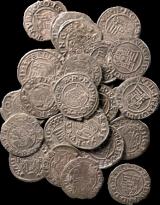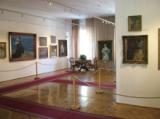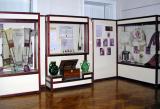2024. November 21. Thursday
Rippl-Rónai Museum - Kaposvár

|
Address: 7400, Kaposvár Fő u. 10.
Phone number: (20) 287-9323
E-mail: titkarsag@smmi.hu
Opening hours: 01.04-31.10.: Tue-Sun 10-16
01.11-31.03.: Tue-Sun 10-15 |
One of the most significant institutions of the museum is the science labor that performs the collecting, preserving, and displaying functions according to needs. The number of the pieces in the collection is over half a million. The storages hold the material of five fields of study: art history, ethnography, archeology, the history of modern age, and natural sciences. Among them, we can find objects, documents from the archives, photos, and sound material.



